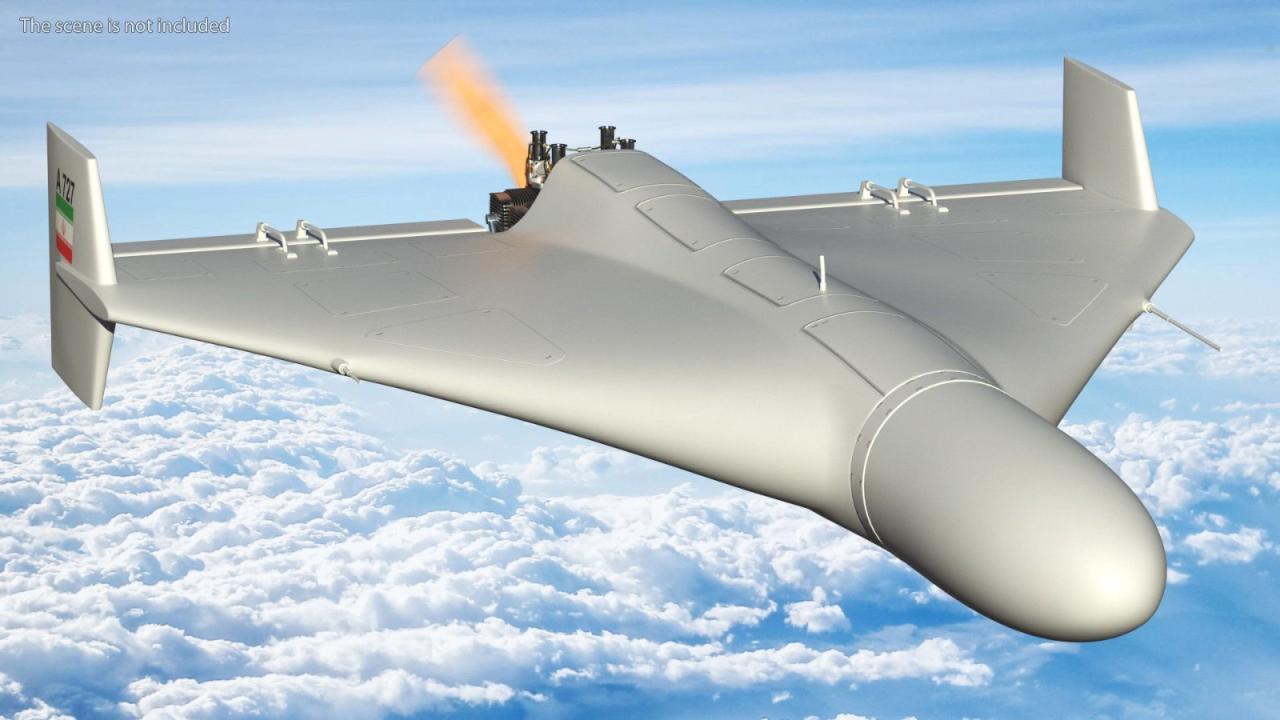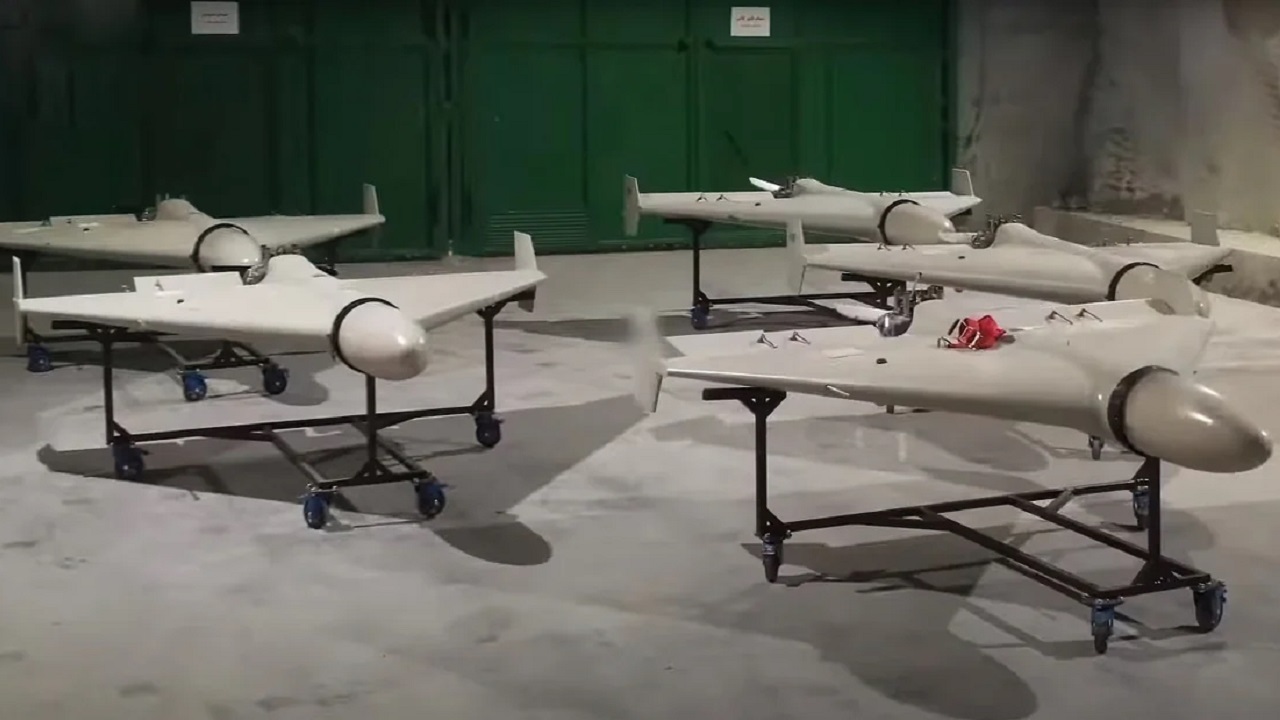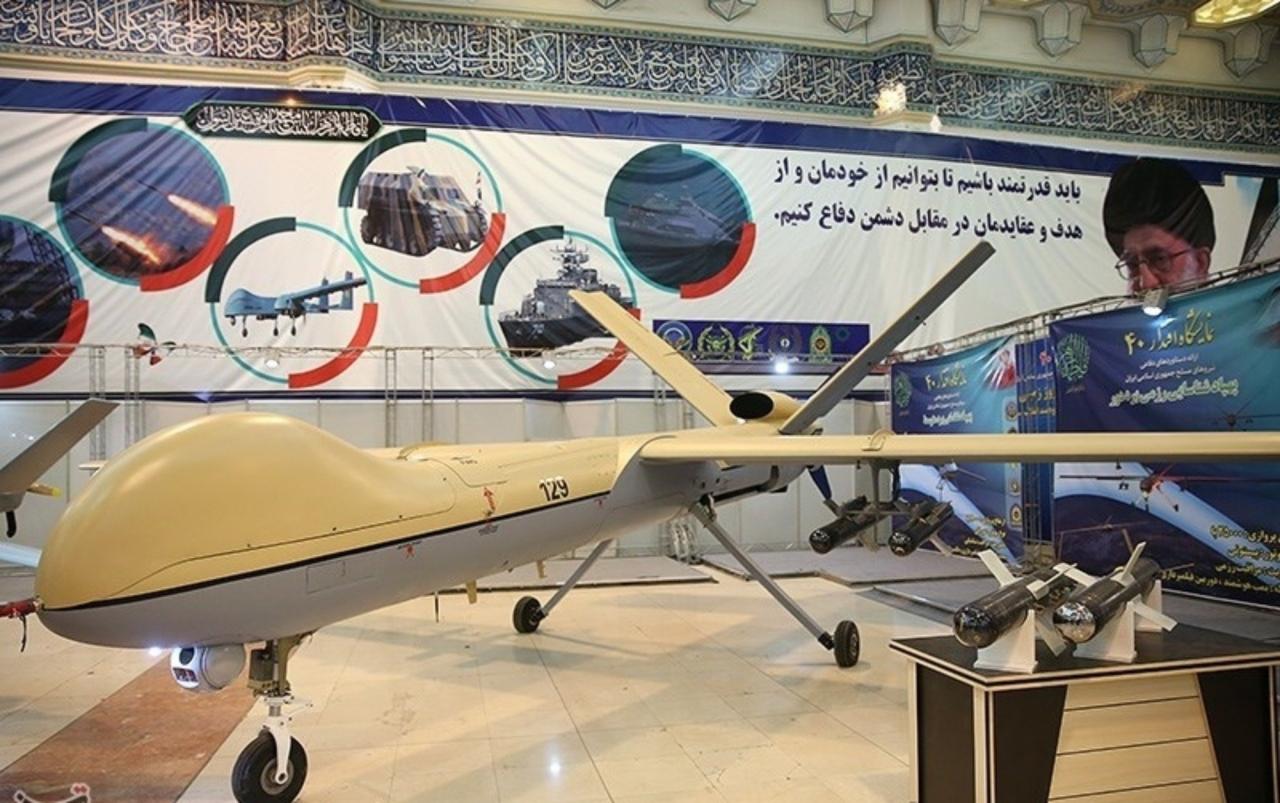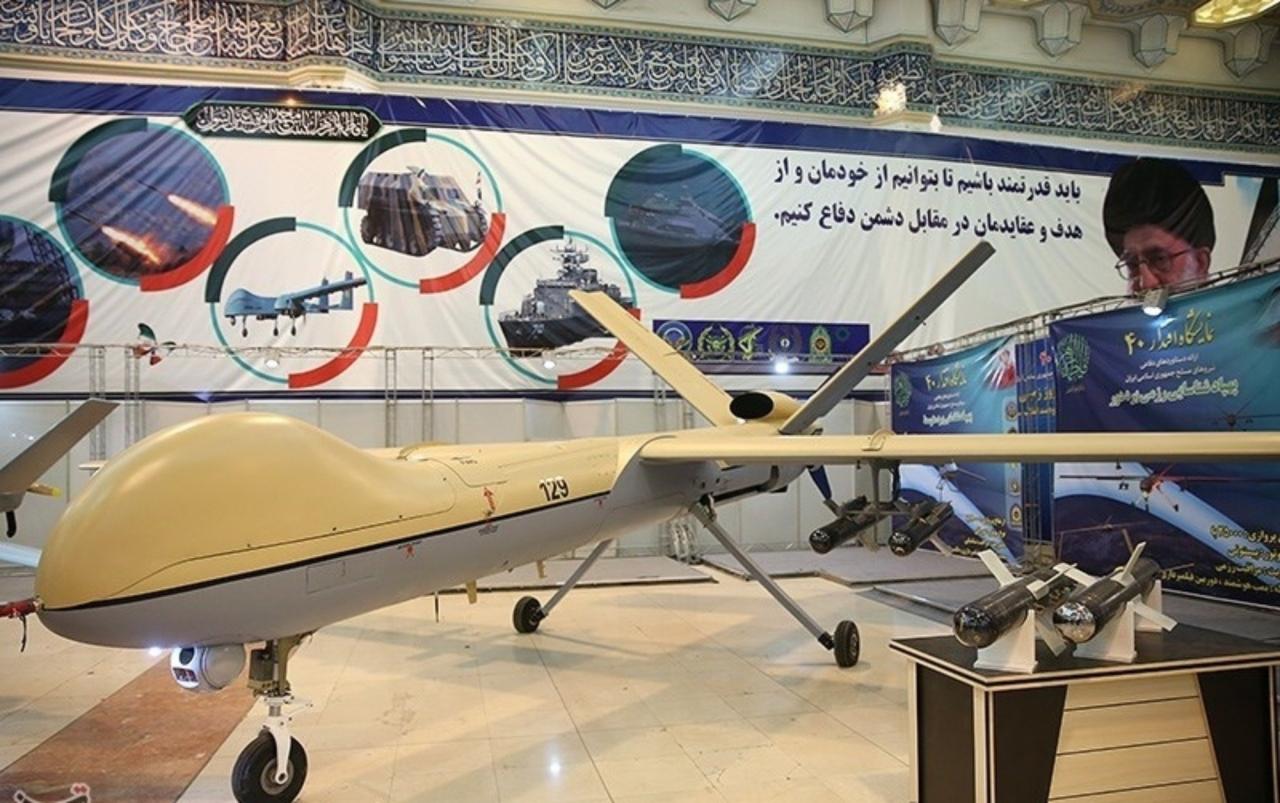Shahed drones have emerged as a significant force in modern conflict, prompting global discussion on their capabilities, implications, and countermeasures. These relatively inexpensive unmanned aerial vehicles (UAVs) possess surprising range and operational flexibility, impacting battlefield dynamics and raising crucial ethical and security concerns. This analysis delves into the technical specifications, operational capabilities, manufacturing processes, historical deployments, and the development of counter-drone technologies.
The Shahed drone, known for its controversial use in various conflicts, has sparked global concern regarding its proliferation and potential misuse. Incidents involving unmanned aerial vehicles are increasingly common; for instance, a recent news report details a concerning number of drone crashes in New Jersey , highlighting the need for stricter regulations and improved safety protocols. This underscores the broader implications of Shahed drone technology and the urgent need for international cooperation to mitigate associated risks.
Understanding the Shahed drone requires examining its design, from its simple yet effective propulsion system to its payload capacity. Equally important is assessing its operational history, analyzing its use in various conflicts and evaluating its impact on both military objectives and civilian populations. Finally, we must consider the ongoing development of countermeasures, as nations grapple with the challenge of defending against these relatively low-cost yet effective weapons.
Shahed Drone: A Comprehensive Overview
The Shahed drone, also known as the Shahed-136 or Geran-2, has emerged as a significant player in modern conflict. Its relatively low cost, ease of production, and effectiveness in achieving certain military objectives have made it a subject of intense global scrutiny. This overview details the technical specifications, operational capabilities, manufacturing processes, operational history, and countermeasures related to this unmanned aerial vehicle (UAV).
Shahed Drone Technical Specifications
Understanding the Shahed drone’s physical attributes and internal systems is crucial to assessing its capabilities and limitations. The following table provides a summary of its key technical specifications.
| Specification | Value | Specification | Value |
|---|---|---|---|
| Length | Approximately 3.5 meters | Wingspan | Approximately 2.5 meters |
| Weight | Approximately 200 kg | Engine Type | Internal combustion engine |
| Fuel Capacity | Variable, depending on mission profile | Flight Duration | Up to 10 hours |
| Payload Capacity | Approximately 50 kg | Payload Type | High-explosive warhead |
The Shahed drone’s propulsion system consists of a relatively simple, yet effective, internal combustion engine. The exact specifications of the engine remain undisclosed, but its fuel efficiency allows for extended flight times. The drone’s payload typically consists of a high-explosive warhead, though other payloads are theoretically possible.
A schematic diagram would show a streamlined airframe, with the engine housed in the rear, the warhead in the nose, and various control surfaces for flight stabilization. Internal components would include the navigation and guidance system, communication systems, and the engine control unit.
Shahed Drone Operational Capabilities

The operational capabilities of the Shahed drone are directly related to its technical specifications and the sophistication of its guidance systems.
The Shahed drone’s relatively low cost and ease of production have made it a significant factor in recent conflicts. However, considerably more sophisticated civilian drones are available, such as the black falcon 4k drone canada , which offers superior camera capabilities and flight performance. In contrast to the Shahed’s often improvised applications, the Black Falcon is designed for professional-grade videography and photography.
The drone’s range is estimated to be several hundred kilometers, with endurance varying depending on factors like wind conditions, payload weight, and altitude. Navigation primarily relies on GPS, supplemented by inertial navigation systems for short-term GPS outages. Control is primarily autonomous, with limited operator intervention typically required only for initial launch and target designation. The Shahed drone is primarily employed in attack missions, but it also has potential applications in reconnaissance and surveillance roles.
Shahed Drone Manufacturing and Acquisition

The manufacturing process and acquisition methods for Shahed drones are crucial factors influencing their proliferation and impact.
- The manufacturing process involves a relatively straightforward assembly of readily available components, contributing to its low production cost.
- Iran is the primary manufacturer, though there are reports of component sourcing from other countries.
- The estimated cost of manufacturing a single Shahed drone is relatively low, contributing to its widespread use.
- Acquisition methods vary, ranging from direct state-to-state transfers to illicit sales and transfers through various intermediaries.
Shahed Drone Operational History and Impact

The operational history of the Shahed drone highlights its impact on modern warfare.
| Conflict/Operation | Date | Location | Key Events |
|---|---|---|---|
| War in Ukraine | September 2022 – Present | Ukraine | Widespread use against Ukrainian infrastructure and military targets. |
| Other Conflicts (reports exist) | Various | Various locations | Limited information available publicly. |
The effectiveness of Shahed drones varies depending on the target and the countermeasures employed. Their low cost and ease of use make them a potent asymmetric warfare tool, but their accuracy and survivability remain subject to debate. The widespread use of Shahed drones has significant military and political implications, prompting international concern and prompting development of countermeasures.
Countermeasures and Defense Strategies against Shahed Drones
The development of effective countermeasures is crucial in mitigating the threat posed by Shahed drones.
- Electronic warfare systems can disrupt the drone’s navigation and communication systems.
- Anti-drone weapons, including kinetic and directed energy weapons, can physically neutralize the drones.
- Physical barriers, such as nets and inflatable barriers, can obstruct the drone’s flight path.
- Advanced radar systems and early warning systems are crucial for timely detection.
Countering Shahed drones presents significant challenges due to their low cost, ease of production, and potential for swarm tactics. The development and deployment of integrated air defense systems are crucial to effectively neutralizing these threats. These systems often involve a combination of detection, tracking, and engagement capabilities, integrating various technologies for enhanced effectiveness.
The Shahed drone’s impact extends far beyond the immediate battlefield. Its low cost, ease of production, and relatively simple operational requirements have democratized access to drone warfare, raising significant concerns about proliferation and potential escalation. Further research and development into effective countermeasures, coupled with international cooperation to limit the spread of this technology, are critical to mitigating the risks associated with Shahed drones and similar systems.
Quick FAQs: Shahed Drone
What is the lifespan of a Shahed drone?
The operational lifespan varies depending on usage and maintenance, but it’s generally considered to be relatively short, possibly only a few missions.
How easily can Shahed drones be jammed?
While jamming GPS signals can disrupt navigation, the effectiveness varies and sophisticated countermeasures are constantly evolving. Jamming is not always a reliable solution.
Are Shahed drones easily repairable in the field?
Their design prioritizes simplicity and ease of production, suggesting a degree of field repairability, but the extent depends on the damage sustained and available resources.
What are the main components sourced from outside Iran for Shahed drones?
Many components are believed to be sourced from various countries through both legal and illegal channels, with details remaining largely undisclosed.
